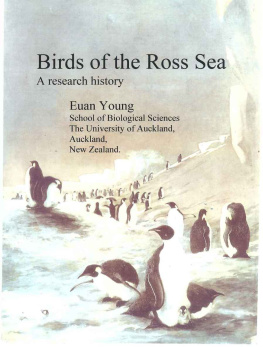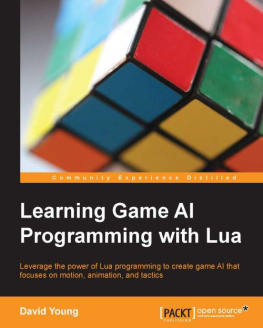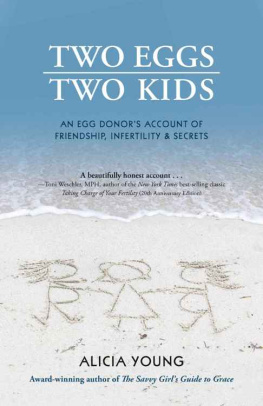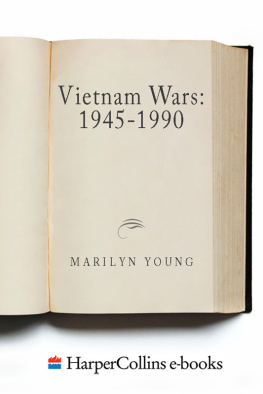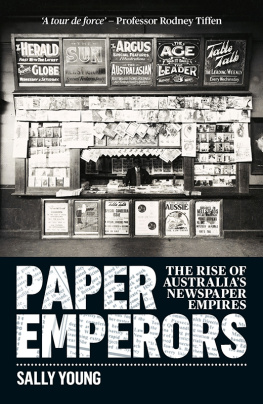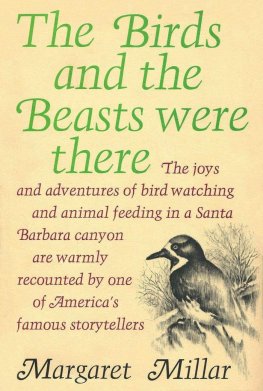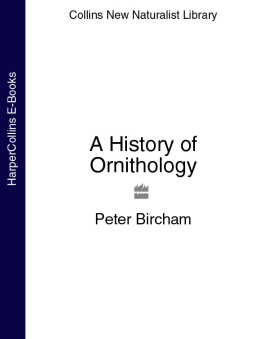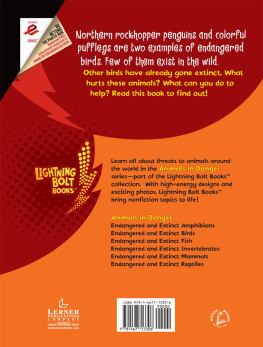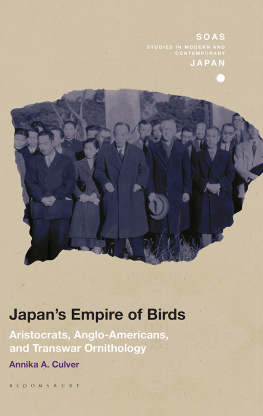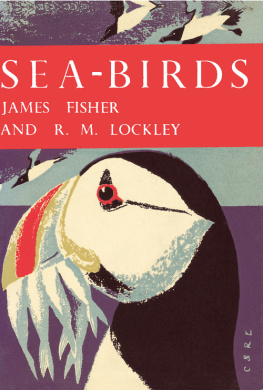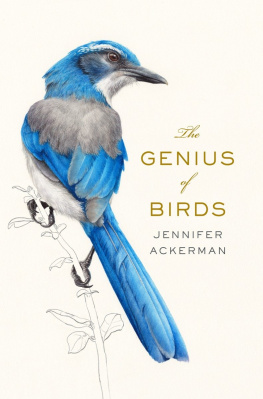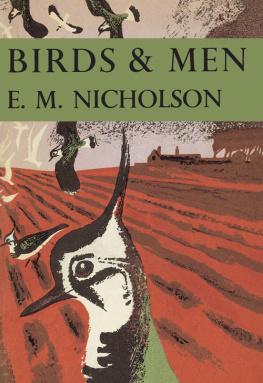Young - Birds of the Ross Sea: A Resh History
Here you can read online Young - Birds of the Ross Sea: A Resh History full text of the book (entire story) in english for free. Download pdf and epub, get meaning, cover and reviews about this ebook. year: 2015, genre: Children. Description of the work, (preface) as well as reviews are available. Best literature library LitArk.com created for fans of good reading and offers a wide selection of genres:
Romance novel
Science fiction
Adventure
Detective
Science
History
Home and family
Prose
Art
Politics
Computer
Non-fiction
Religion
Business
Children
Humor
Choose a favorite category and find really read worthwhile books. Enjoy immersion in the world of imagination, feel the emotions of the characters or learn something new for yourself, make an fascinating discovery.
Birds of the Ross Sea: A Resh History: summary, description and annotation
We offer to read an annotation, description, summary or preface (depends on what the author of the book "Birds of the Ross Sea: A Resh History" wrote himself). If you haven't found the necessary information about the book — write in the comments, we will try to find it.
Young: author's other books
Who wrote Birds of the Ross Sea: A Resh History? Find out the surname, the name of the author of the book and a list of all author's works by series.
Birds of the Ross Sea: A Resh History — read online for free the complete book (whole text) full work
Below is the text of the book, divided by pages. System saving the place of the last page read, allows you to conveniently read the book "Birds of the Ross Sea: A Resh History" online for free, without having to search again every time where you left off. Put a bookmark, and you can go to the page where you finished reading at any time.
Font size:
Interval:
Bookmark:
Birds of the Ross Sea
A research history
Euan Young
School of Biological Sciences
The University of Auckland,
Auckland,
New Zealand.
Text copyright 2015 Euan C. Young
All rights reserved
This book is for Pamela Margaret Young, a member of the University of Canterbury field research group at Capes Bird and Royds, Ross Island over the 1969-1970 summer.

Preface
Words are like breath you say them and they're gone but writing traps them. Bernard Cornwell, 2005.During one marvellous afternoon in 1960 at Green Lake, 300 m north of the Cape Royds penguin colony, I was sitting on the scoria above the drying lake watching several pairs of skuas timing their foraging flights away from the territory, tracking them as they disappeared out to sea, to the north around the glacier face. When the male of pair 3 returned I rushed down to their territory, waving and shouting. He abandoned the fish he had just regurgitated for his mate and chicks and flew angrily to me. I scooped up the fish and tucked it away safely into a plastic bag - actually an empty bag that had earlier been filled with oatmeal. The mate and chicks were still hungry - so shortly after the male again took off. With again the same result. And then again a third flight. Same result. After this, with me frozen in the cold and them hungry and perplexed I left them to it.
I recorded this sequence of flights in my skua paper 'Feeding habits of the South Polar Skua Catharacta maccormicki' . Ibis 105, 301-318, 1963. It records the salient information but not the great satisfaction I felt on this day. Not that it showed for the first time that these skuas fed at sea, I had already discovered that almost from my arrival at Cape Royds, but it showed just how good these skuas were as predators on fish, and what was their prey species.
In the published paper this episode was recorded as follows:
The ability to collect food rapidly was clearly demonstrated by the male of pair 3 at Green Lake. During six hours this bird made three foraging flights, the food from which was collected after it was regurgitated and before it was eaten by the mate and chicks at the nest. The fish were identified by Mr J Moreland, Dominion Museum, New Zealand.Flight 1. 14.30-1603 hours (93 minutes away from the territory) - one Pleuragramma antarcticum , length 20.7 cm, weight 75 grams.Flight 2. 16.20 - 16.53 hours (33 minutes) - 2 P. antarcticum , 18.3 cms, 49 grams, and 19.2 cms, 56 grams. Total weight 105 grams.Flight 3. 17.28 -18.20 hours (52 minutes) - one P. antarcticum (adult), 19.3 cms, 95 grams; one fish belonging to the Liparidae 11.0 cms, 30 grams, and 5 smaller specimens of P. antarcticum all less than 10 cms, totalling 15 grams. Total weight 140 grams.
Figure 1_1 - The Pair 3 Green Lake fish. Four Pleuragramma, one small liparid. Note that the head of fish number 1 is already partly digested, it has been, like all these fish, swallowed head first
I first saw penguins (any penguin!) and skuas when I went to Antarctica in November 1959, as the replacement biologist for the New Zealand Antarctic Division's project of the interrelation between the Adlie Penguin and the South Polar Skua at Cape Royds, on the western side of Ross Island. I was the replacement for Dr Graeme Caughley who's programme this was but who was unable to go to Antarctica for a second summer. At that time I had just completed my thesis on aquatic insects and had little experience of working with larger animals. My companion at Cape Royds was Rowley Taylor from the Animal Ecology Division of DSIR who had much more hands-on experience in this field. Rowley studied the Adlies I got to know the skuas. We lived together in Shackleton's hut, sleeping in Shackleton's cubicle, the only place that could be warmed in that bare and frozen space.
We did well enough over this summer to publish three papers in 'Ibis'. One by Rowley on Adlie breeding and two by me on the skuas; on breeding behaviour, including siblicide, a term I had never heard of before, and on foraging, including foraging at sea. Dr RA Falla then Director of the Dominion Museum who oversaw NZ's Antarctic biology, was not best pleased with our results, expecting that we should have done more to link the two studies. Nor was he convinced that these skuas fed mostly at sea. It was this criticism, and that of colleagues who thought that the Cape Royds penguin colony was too small to be typical, and that skuas would have no difficulty in gaining a living throughout the summer from a larger one, that the impetus came to repeat the skua/penguin research at the much larger Northern Colony at Cape Bird. This had to wait until I had returned from thesis study in England, again on aquatic insects.
Skua, the bird I had studied as a naive student at Cape Royds over the 1959-1960 summer, took as its major prey the Antarctic Silverfish, Pleuragramma antarcticum . Skua are plunge-divers, only splashing into the sea surface, so these fish must have been close to the surface when taken. At the time not much was known of this species except that juveniles were pelagic. For reasons that now escape me I continued to think (wrongly) that the species as a whole is benthic, so how could skua get them? It was this false memory, in spite of knowing differently when I wrote about skuas and penguins in 1994.
Antarctic bird biology is a modern science. If one excludes the studies of Levick and Wilson of the early 1900s it really did not begin until the 1950s, and had a slow build. Bernard Stonehouse sums up its history in the introduction to a penguin conference in 1986 as follows: 'Had it been called half a century earlier, on the eve of World War II it would have been much smaller. The penguin biologists of 1938 could have chatted cosily around a medium-sized table.' (Stonehouse 1990).
Modern research on Antarctic birds, that is since the 1950s, covers the transformation of technology. At Cape Royds in 1959 the equipment available was that Edward Wilson would have been familiar with at the start of the century. I had a pair of 7X50 field glasses, two spring balances, one for eggs and hatchlings, one for adults, a primitive film camera. Indeed, at Cape Bird in the mid-1970 the gear was not much better. A better pair of field glasses, a wider range of spring balances, in the last year a Nikon F3 camera with motor drive; the ultimate film recorder at the time, and a wind-up kitchen clock inexplicably with four divisions in each 5 minute arc. We did have some more sophisticated gear used by others in the team. Reg Blezard from NZ Oceanographic Division had plane table surveying equipment and John Darby a cine camera.
Since then research has been transformed. Geolocators and attached transmitters for following birds at sea, inserted transponders and weighbridges, DNA analysis for evolutionary history, and family relationships, sophisticated physiology and biochemistry, and satellite documentary of ice and coastal geography throughout the year, summer and winter. And above all, extraordinarily sophisticated data analysis and modeling of future changes.
What we were doing in the 1960s and early 1970s was really natural history readily accessible to all readers. After that it is Science and increasingly only accessible to specialists in each discipline, with enormous volumes of material from numerous individuals and research teams. There is possibly more on the Adlie Penguin than any other bird species.
Antarctic research depends on two streams of scientists. On the one hand providing long term initiative and stability are the small number who have made this research their life or long-term commitment. On the other are a host of people providing specialist knowledge and technique who together with research students meet short term aims and may only be in Antarctica for a season or two. In addition are the scientists and statisticians working in laboratories around the world defining evolutionary histories, relatedness and population statistics: Baker AJ, Millar CD, Lambert DM, Rodrigo AG have been very influential in the New Zealand programme.
Next pageFont size:
Interval:
Bookmark:
Similar books «Birds of the Ross Sea: A Resh History»
Look at similar books to Birds of the Ross Sea: A Resh History. We have selected literature similar in name and meaning in the hope of providing readers with more options to find new, interesting, not yet read works.
Discussion, reviews of the book Birds of the Ross Sea: A Resh History and just readers' own opinions. Leave your comments, write what you think about the work, its meaning or the main characters. Specify what exactly you liked and what you didn't like, and why you think so.

